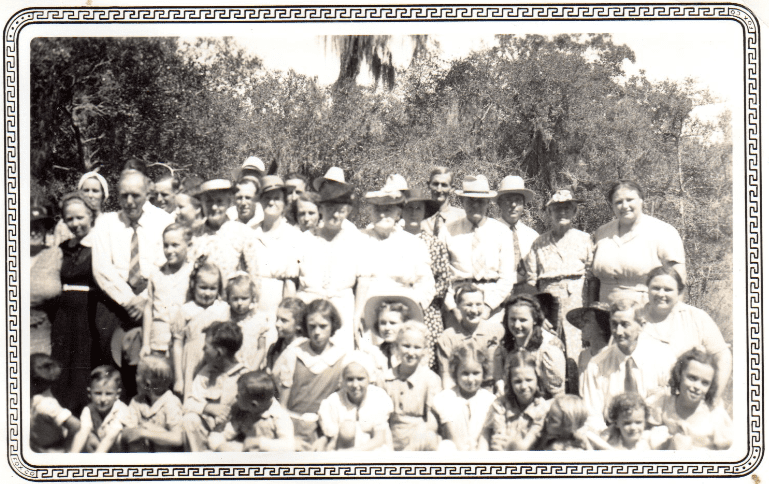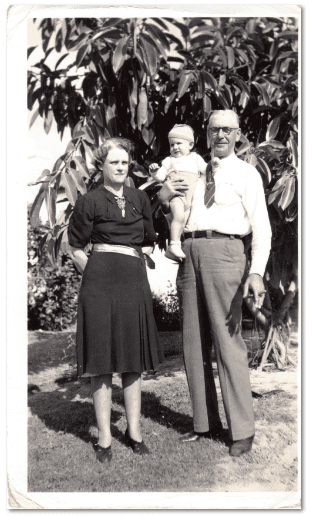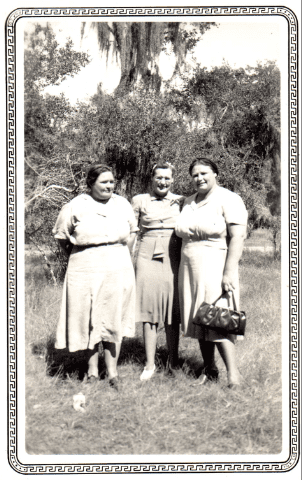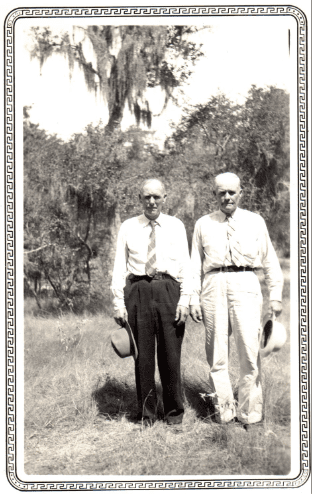Introduction: Gena Philibert-Ortega is a genealogist and author of the book “From the Family Kitchen.” In this guest blog post, Gena provides three ideas to help genealogists break through the “brick wall” they sometimes run into while searching their family history.
Do you feel stuck? All genealogists come to a point where they just aren’t sure what they should do next. Like with any activity, a researcher may feel burned out after having faced brick walls, uncooperative relatives, and a lack of time and money to devote to research.

When you feel stuck it’s time to consider a different approach, something to help bring the excitement back to your research. Here are three ideas to help you get past a speed bump in your research and back on track to break down your research brick wall.
Try Something New
Instead of searching the same old way that you always search, try something new. Look at the genealogy sites and other resources you use with a fresh eye, to see if there’s something more there that you haven’t tried before.
A good example is how you may search GenealogyBank. Sure it’s known primarily as an online newspaper site, with more than 6,100 digitized newspapers from all 50 states—but examine the site more closely. GenealogyBank has several other collections of genealogy records to help with your family history research: the Social Security Death Index (SSDI), historical documents, and historical books. Search those collections as well to see what other information you can find about your ancestors.
Pay similar attention to the other sites and resources you use—they, too, may have additional genealogy records that you’ve never explored.
Another new approach is to vary the type of searches you do. For example, consider searching for your ancestors by substituting their initials for a first and middle name. Or try using such variants as “Bill” or “Wm.” for “William.” Another trick is to purposely “misspell” the surname to catch possible errors the newspaper editor or the SSDI clerk made.
Reevaluate Your Project
Sometimes, in the rush and excitement of finding documents that help us learn about our ancestor’s story, we get so caught up that we forget what our original genealogy goal was. Maybe your goal was too big, a mistake many genealogists make. When you are stuck, it’s a good idea to go back and reevaluate your family history project and recommit yourself to that project, a variation of that project or an entirely new one. Maybe it’s time to put away your current research and look at a different branch of the family.
Genealogy, like any pursuit, is one that’s best worked at one small task at a time. Come up with a few projects that can be done in a small amount of time—like ordering death certificates, writing letters to family members, scanning documents, or taking photos at the cemetery. Then move on from there.
Work with a Genealogy Partner
We’ve all heard that two heads are better than one and in many cases that can be true. Working with a relative on your research problem can not only help get you excited about the research, but also help you come up with more ideas to ease the workload.
Don’t live near your genealogy partner? No problem—use a collaborative editing program like Google Docs or use a file-sharing program like Dropbox to share your findings, write research plans and keep track of research that has been done. Google Docs allows you to create word processing documents and spreadsheets and then collaborate with others. Dropbox allows you to store and share files. To use Google Docs you will need a Google account which is free. Dropbox does have a free membership option that includes up to 18GB, with additional storage space available for a fee.
Don’t have any family members to work with? In that case, consider collaborating with a fellow genealogy society member or even a genealogy friend online. Sometimes just the motivation of knowing someone is there to help can assist you in reaching your research goals.



